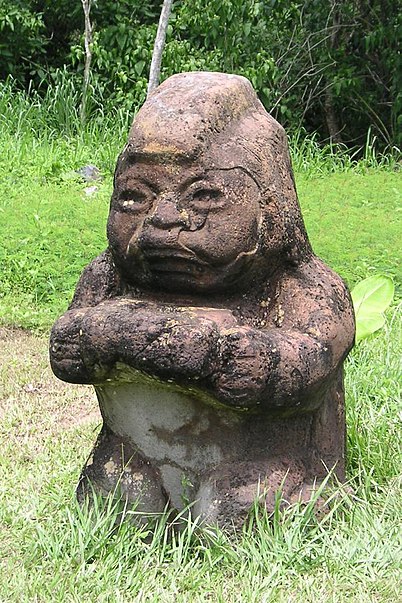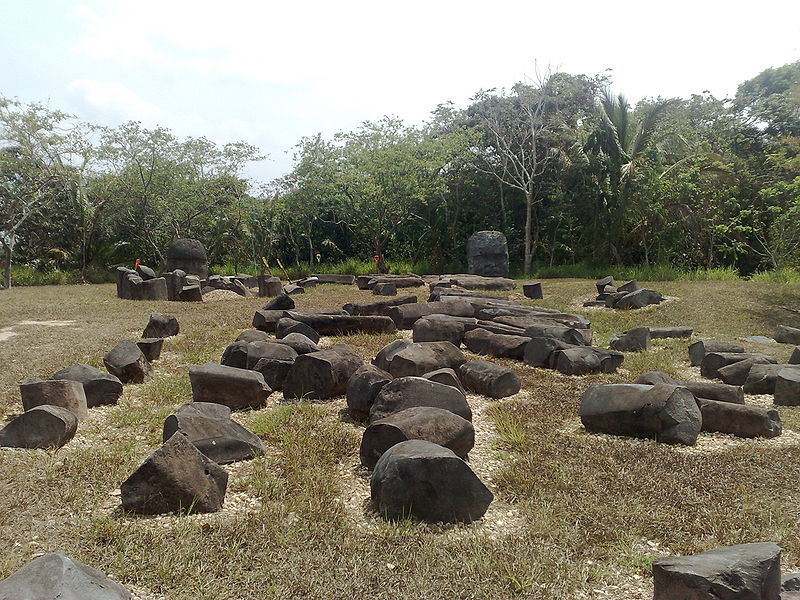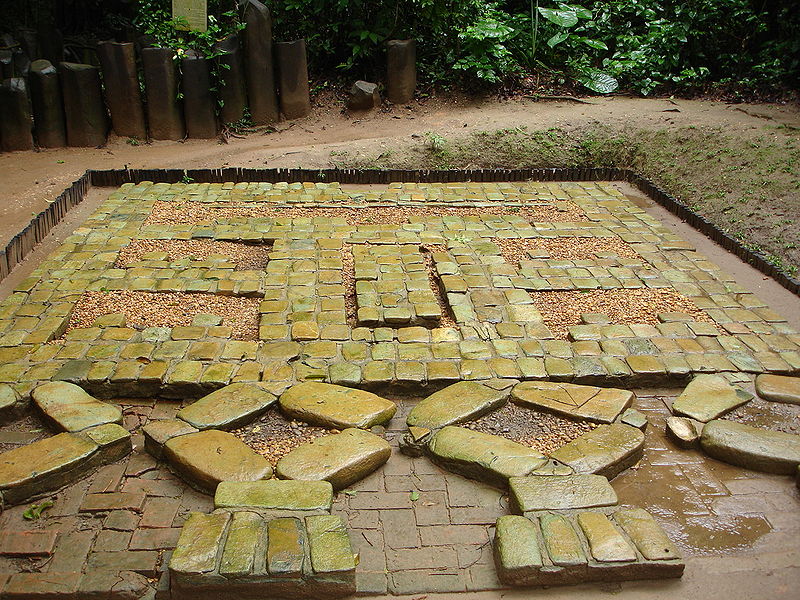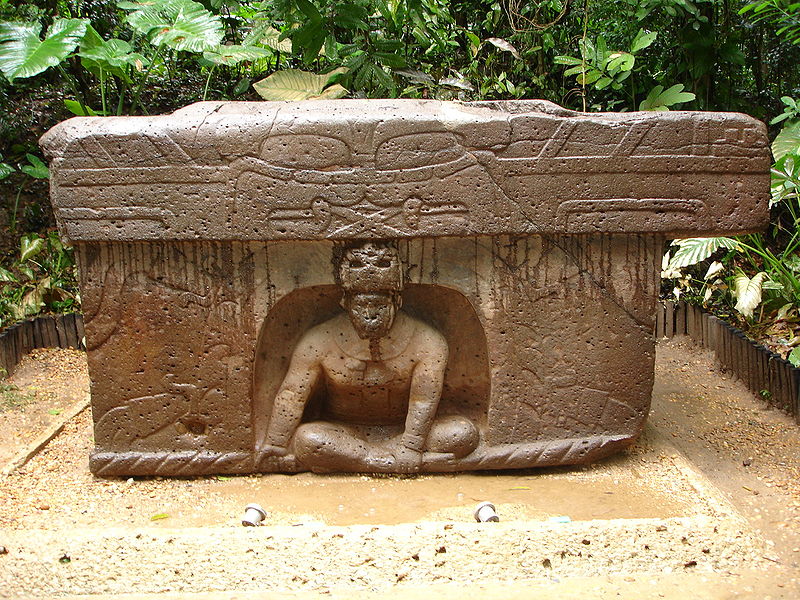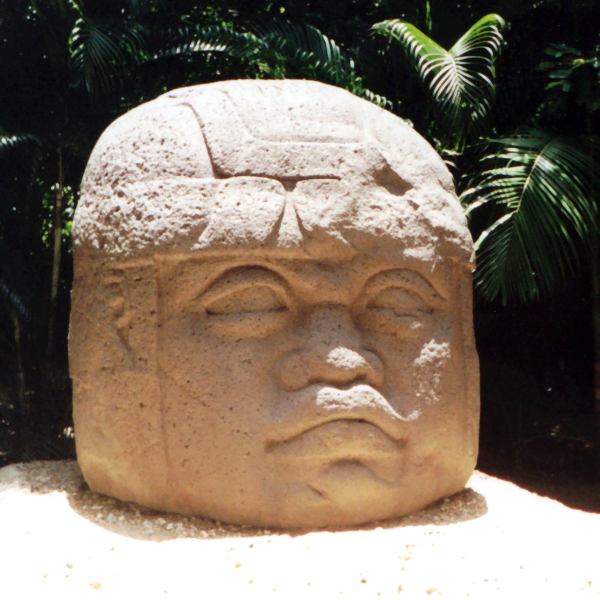La Venta
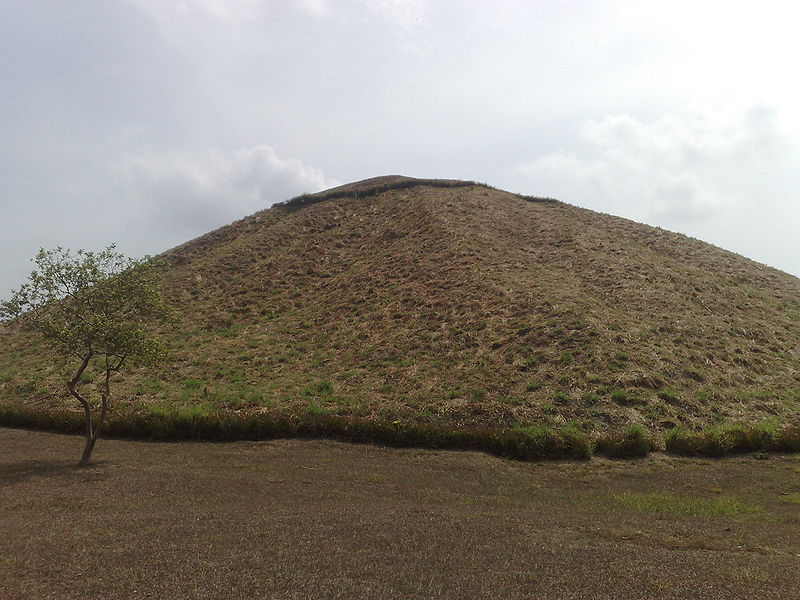
Facts and practical information
La Venta is an ancient archaeological site located in the present-day Mexican state of Tabasco. This pre-Columbian site is known for its significant role in the development of the Olmec civilization, which is considered one of the earliest and most influential cultures in Mesoamerica. La Venta thrived as a major Olmec center from approximately 1200 to 400 BCE, and it is renowned for its colossal stone heads, intricate carvings, and sophisticated urban design.
The site stands out for its unique features, such as a Great Pyramid, complex system of altars, and a series of basalt columns that suggest advanced knowledge in engineering and architecture for its time. The colossal heads, some of which weigh several tons, are believed to represent Olmec rulers and are characterized by their distinctive facial features, including flat noses and fleshy cheeks.
La Venta's layout is also significant, as it reflects a deep understanding of the area's geography and environment. The site was strategically positioned on an island in a swampy region, which provided natural defenses and access to various trade routes. This location underscores the Olmec's ability to adapt and thrive in challenging landscapes.
Artifacts discovered at La Venta, such as jade figurines, pottery, and intricately carved stone monuments, provide insight into the religious practices, social structure, and artistic achievements of the Olmec people. These findings have been instrumental in shaping our understanding of this ancient civilization's influence on subsequent Mesoamerican societies.
Tabasco


